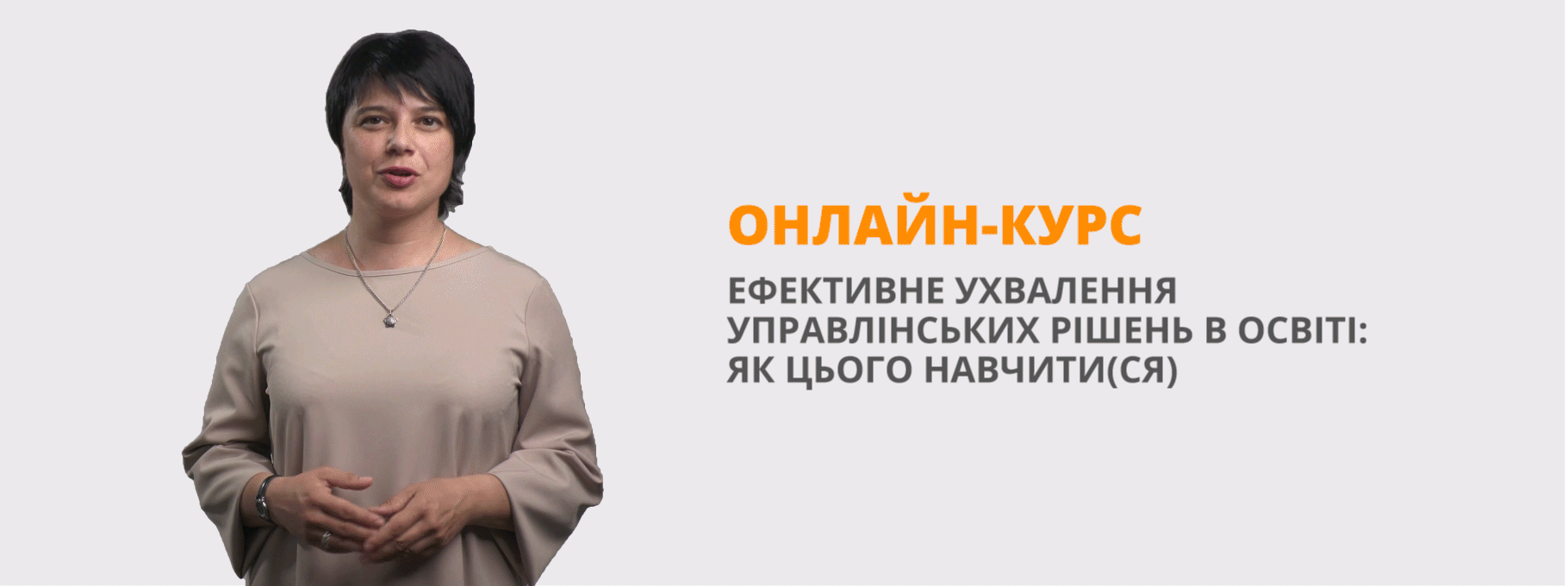Захоплення підлітків
Тема уроку: «Захоплення підлітків».
Мета уроку:
– формування комунікативних компетенцій на тему “Free time activities and personalities”;
– розвиток пізнавальних інтересів учнів, уміння соціального спілкування у спільній діяльності;
- Формування творчого мислення учнів, вміння доводити свою точку зору.
Завдання уроку:
- Навчальна: формувати навички та вміння в аудіювання, читанні, мовлення (діалогічна, монологічна форми) за матеріалами теми "How do you spend your free time?" за допомогою лексичного, граматичного матеріалу (gerund –ing form and infinitive with /without to)
- Пізнавальна: познайомити учнів з різними видами проведення часу, у тому числі і непопулярними;
- Розвиваюча: розвивати інтерес до навчально-пізнавальної діяльності іноземною мовою, розвивати логіку, увагу, пам'ять, цілісність висловлювання;
- Виховна: формування шанобливого ставлення до захоплень інших людей, на думку іншої людини.
Обладнання: комп'ютер, проектор, слайди з проектами та презентацією до уроку, аудіозапис із вправою для аудіювання.
- Організаційний момент:
- Good morning, children! I’m glad to see you, sit down, please. Today we’ll have an unusual lesson. We'll speak about your interests, hobbies, free time activities and leisure time.
II. Мовленнєва розминка:
- First of all, I want you to answer my questions:
- What is leisure?
- How much leisure time have you got every day?
- How often do you go for a walk?
- Do you manage to find time for sport or exercise?
- Do you prefer to spend your free time in social networks or meet with friends?
- What’s your favourite pastime?
- Розвиток навичок монологічного мовлення:
-Thank you for your answers, girls! As you know free time activities can be divided into 3 groups, we use the verbs do/play/go.
Play ← Free time activities→ Go
↓
Do
-Now tell me which of the activities do you play/go/do? Can you add more activities to each category? Ok, now let’s define the rule of their using? What’s the difference? (play: team games, sports where we need an opponent; go: sport with –ing form; do: martial arts, leisure activities, not team games)
- We know that pastimes can reveal our characters. And now let’s discuss the following statement “By the way in which a man uses his leisure his character can be told-more surely in all probability than by the way he does his work…” Do you agree with it?
IV. Перевірка домашнього завдання (презентація проектів):
- Your hometask was to prepare projects about your hobbies. Let’s speak about them. The listeners will try to characterize the speakers, according to their pastimes. (Projects)
- Good of you, girls! All your hobbies are magnificent and great! I think you’ve learnt a lot of useful information.
V. Фізкультхвилинка.
VI. Розвиток навичок діалогічного мовлення:
- How can we enquire about or express a preference? Remember about the infinitive with/without TO and the gerund. Work in pairs.
- What hobbies do Jake and Suzy like? Look through the dialogue between two friends. What’s the dialogue about? Complete the sentences A-F. Listen, then read out it.
-What hobbies do Jake and Suzy like? Ok. This dialogue will be for learning by heart.
VII. Аудіювання:
-Listen to the descriptions of leisure activities and try to guess what they are. (CD #1,ex.1) Check your answers, looking at the screen.
VIII. Розвиток навичок читання:
- As we see, people have different hobbies, even rare and unusual. One more amazing leisure activity is kite-flying. Have you heard about kite-flying? Look at the picture. It’s an interesting hobby, isn’t it? Well, read the text carefully. Try to grasp both the main idea and the details.
Text “KITE-FLYING” Kite-flying is an old hobby in England. Many years ago people in London liked kite-flying. In our days young men and old men, women and children take their kites to the parks and threw them up into the sky. The kites are of many colours. Some of them are square and others have three corners. Some kites are like boxes, some look like balls or flowers. Many people, and children too, make their kites themselves. They make kites of paper, and fix bright ribbons to them. Some people buy their kites in the shops.
In some countries kite-flying is a sport. People have competitions in kite-flying.
-Answer the questions:
1. In what country do people like kite-flying very much?
2. What do kites look like?
3. What are kites made of?
4. Can you make a kite?
5. Have you ever seen a competition in kite-flying?
-Well done,children! There are a lot of other unusual activities in the world. These are some of them (pictures). I hope at the next lesson you’ll tell us about them.
IX. Підбиття підсумків уроку. Пояснення домашнього завдання. Висновок.
-To sum up our lesson, what have you learnt on our lesson?
-In conclusion, I’d like to say it’s very amazing to have a hobby. Hobbies help us to learn more about our planet, to be more intelligent and well-educated. We should all have a hobby and our life will be more interesting. Your marks for the lesson are the following… Now, please write down your homework: Ex.4,p.30 (learn the dialogue); p.13 ex.1-4 WB; find the information about unusual activities.
Thank you for the lesson. Good bye.


про публікацію авторської розробки
Додати розробку
